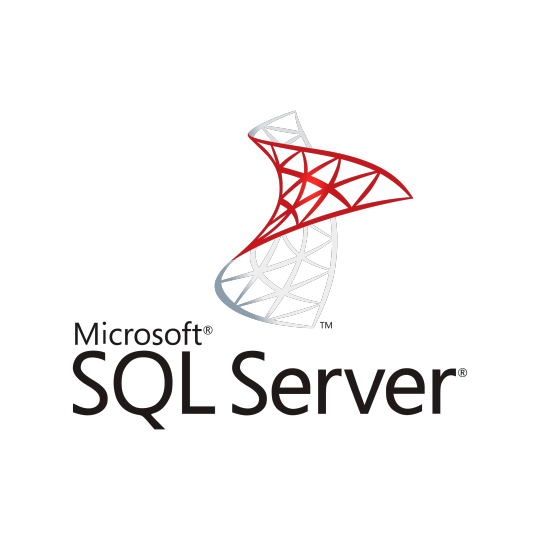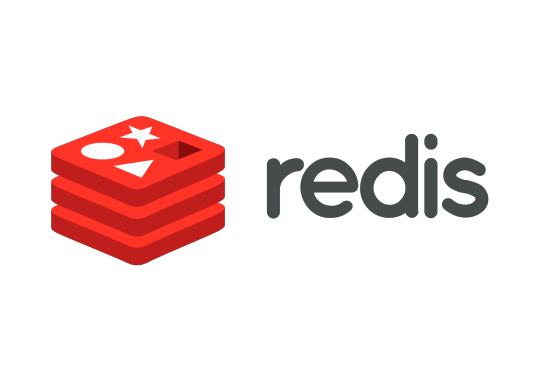Don't wanna be here? Send us removal request.
Text
DATABASE SYSTEMS BLOG In this installment, we'll explore the functionalities and nuances of Microsoft SQL Server, PostgreSQL, and Redis, shedding light on how they handle data and contribute to various use cases.
As the digital landscape evolves, so do the demands placed on data storage, retrieval, and analysis. With Microsoft SQL Server's robustness in managing large-scale enterprise data, PostgreSQL's commitment to open-source extensibility, and Redis's lightning-fast in-memory capabilities, these databases offer distinct strengths catering to a diverse set of requirements.
Join us as we dissect the Hardware, Software, Procedure, Data, and People aspects of each database system. Whether you're an IT professional seeking the ideal solution for your organization or a curious individual eager to explore the intricacies of data management, this exploration promises to provide valuable insights into the world of database technology.
Microsoft SQL Server - Empowering Enterprise Data Management In the realm of relational database management systems (RDBMS), Microsoft SQL Server stands tall as a versatile solution catering to diverse enterprise needs. Let's delve into its core components:
Hardware Microsoft SQL Server is designed to leverage the capabilities of robust hardware. It thrives on multi-core processors, ample memory, and high-speed storage to handle large-scale data processing and analytics.
Software The SQL Server software suite includes the SQL Server Database Engine, which powers data storage and processing. It also provides a suite of management tools, such as SQL Server Management Studio (SSMS), for administering and querying databases.
Procedure SQL Server employs the Transact-SQL (T-SQL) language for managing and querying data. T-SQL offers advanced features like stored procedures, triggers, and user-defined functions, enabling developers to build complex applications.
Data SQL Server organizes data in structured tables, following a relational model. It supports a wide range of data types, and users can define relationships between tables using primary and foreign keys. SQL Server's indexing and partitioning features enhance data retrieval performance.
People Database administrators (DBAs) oversee SQL Server instances, ensuring availability, performance, and security. Developers use T-SQL to create and manage databases. Business analysts and reporting professionals leverage SQL Server Reporting Services (SSRS) to generate meaningful insights.
PostgreSQL - Open-Source Powerhouse for Advanced Data Management
PostgreSQL, an open-source relational database management system, has gained immense popularity for its extensibility and adherence to SQL standards. Let's delve into its key components:
Hardware: PostgreSQL is flexible and can run on a variety of hardware configurations. It is optimized for performance on systems with multi-core processors, ample memory, and fast storage.
Software: The PostgreSQL software suite includes the PostgreSQL Server, responsible for data storage and retrieval. It offers a rich ecosystem of extensions and libraries, allowing users to tailor the database to their specific needs.
Procedure PostgreSQL employs SQL for querying and managing data. It also supports procedural languages like PL/pgSQL, enabling developers to create stored procedures, functions, and triggers to implement custom logic.
Data PostgreSQL follows a relational model and supports a wide range of data types. It offers advanced features such as JSONB data type for handling semi-structured data and supports indexing and partitioning for efficient data management.
People Database administrators manage PostgreSQL instances, ensuring optimal performance and security. Developers utilize SQL and procedural languages to build applications. Data analysts and scientists perform complex analyses using PostgreSQL's rich querying capabilities.
Redis - Unleashing Speed and Scalability with In-Memory Data Redis, a high-performance NoSQL database, is revered for its lightning-fast data storage and retrieval capabilities. Let's explore its core components:
Hardware Redis is optimized for in-memory data storage and is often deployed on servers with ample memory to deliver high-speed access to data.
Software Redis provides the Redis Server, which stores data in memory and offers various data structures, including strings, lists, sets, and more. It also includes client libraries for different programming languages.
Procedure Redis employs a simple command-line interface and supports a wide range of commands for data manipulation. It is well-suited for caching, real-time analytics, and messaging scenarios.
Data Redis stores data in memory, making it exceptionally fast for read-heavy workloads. It supports data structures like strings, lists, sets, and hashes, enabling developers to address diverse use cases efficiently.
People System administrators manage Redis instances, ensuring availability and performance. Developers integrate Redis into applications to enhance data access speed. Data analysts and developers leverage Redis for caching and real-time data processing. by Maureen Marie A. Portillo IT Student DBMS LOGOS



1 note
·
View note